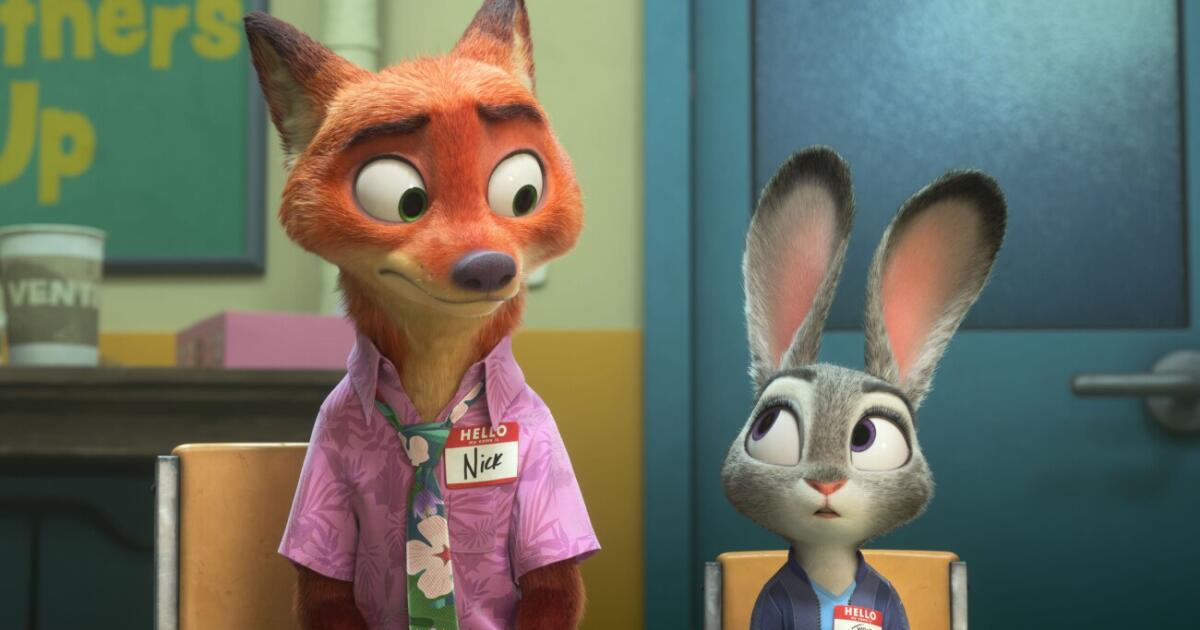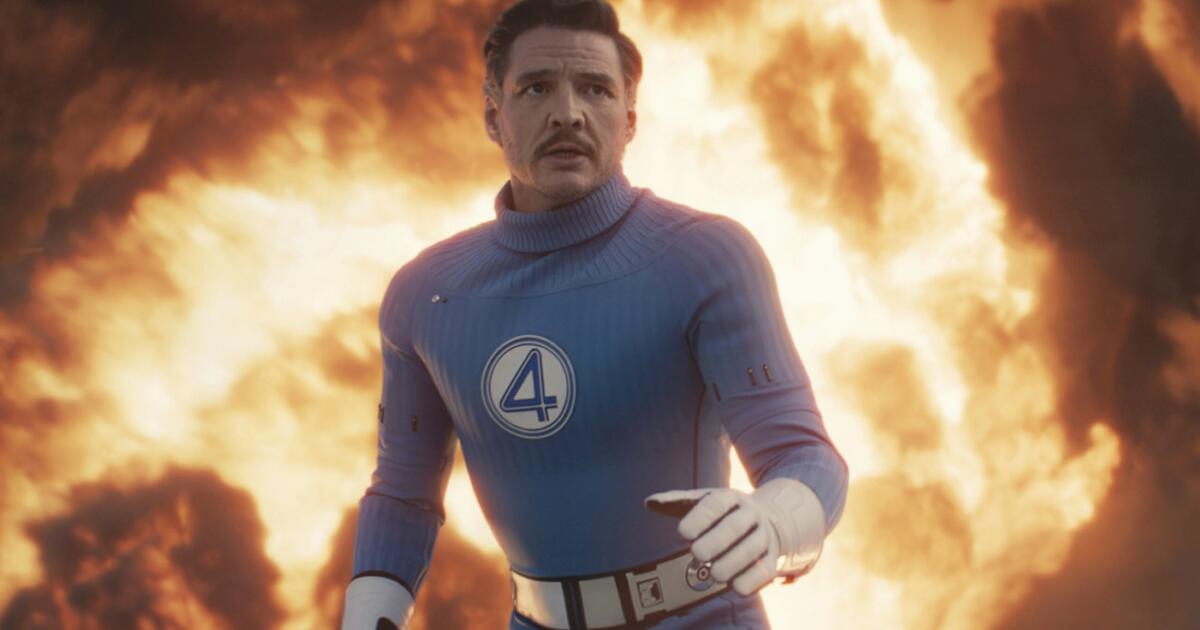Disney has a private island in the Bahamas you can book as part of cruise holidays but when I arrived I was completely caught off guard by the whole experience
There are plenty of incredible destinations around the world, but there are a handful that truly are those ‘once in a lifetime’ destinations; and the Bahamas are definitely in that category with those ridiculously beautiful beaches.
So as a Disney fan, the chance to not only tick the Bahamas off the list AND explore Disney’s private island – well, that was literally the stuff of my dreams. (Ask my friends and family how often I’ve mentioned that I’ve been to the Bahamas recently and they will testify that I have been insufferable).
As part of a sailing onboard Disney Cruise Line’s new heroes and villains themed ship, our itinerary included a stop at Disney’s Castaway Cay. From the moment I arrived, I realised I had underestimated what I’d signed up for.
Quite frankly, I’d expected a large stretch of a beautiful beach, a few loungers and then some fun activities/sprinkles of Disney magic for families. I didn’t anticipate the sheer amount of activities on offer, or just how much there would be to explore.
For a start, it’s genuinely an entire island to explore. There are multiple beaches (family-friendly and adults-only), beautiful cabanas, cycling trails, hiking trails, a waterpark complete with a slide that takes you right into the ocean, a shop and plenty of places to stop for a snack and drinks.
It takes about 15-20 minutes to walk to the main areas once you disembark the ship, although you can get a tram that stops off at various points on the island if you’d rather skip the stroll.
Of course there are plenty of Disney touches throughout the island; Daisy Duck and Chip and Dale were all on hand to greet passengers as we disembarked, and I spotted Pluto getting up to some mischief and commandeering a golf cart. There are heaps of photo opps too, with cute signs, fun backdrops and plenty of space so nobody’s having to sharpen their elbows!
Then of course there are those glorious beaches that I thought I’d only ever see on social media. Yes, those sands are as soft as they look, and those crystal-clear waters are not the stuff of Photoshop.
There is a dedicated reef where you can go snorkelling (and there are some Disney statues hidden underwater to seek out), but I didn’t even have to get into the water to spot wildlife, as a school of fish passed by while I wandered along the lagoon’s edge, only for a stingray to appear a few minutes later.
There are heaps of sunloungers alongside the beach but if you want to do something a bit special, you can hire a cabana for the day which includes a covered seated area, mini fridge with waters and soft drinks, and a button you can push to call servers to take your food and drinks orders.
The only downside? We were only there for a day trip. I felt like I could easily have stayed ashore but sadly, the crew are actually very good at their jobs and ensuring that people actually get back on board. (It turns out that you can actually book some Disney cruises that stop off at Castaway Cay twice in one itinerary, and I can see why that would be tempting).
Still, when you’re heading back to a Disney cruise ship where you know there’ll be more character interactions, shows and themed dining on offer, that does ease the blow a little.
Book the holiday
Virgin Atlantic Holidays offers four nights on the Disney Destiny from £5,384 for a family of four. Includes direct Virgin Atlantic Economy Classic flights from London Heathrow to Miami, room-only stay at Sonesta Fort Lauderdale in a Deluxe 2 Double Ocean View Room for one night before boarding, followed by a Disney Destiny sailing visiting Nassau and Castaway Cay.
Price is based on a family of four (two adults and two children aged 3–11) travelling and sharing an Inside Stateroom and includes all applicable taxes and fuel surcharges. Price is based on a departure on 30th September 2026.
Virgin Atlantic Holidays is a member of ABTA and is ATOL protected. To book, visit Virgin Atlantic Holidays or call 0344 557 3859. Prices subject to change and availability. Virgin Atlantic Holidays terms and conditions apply.









